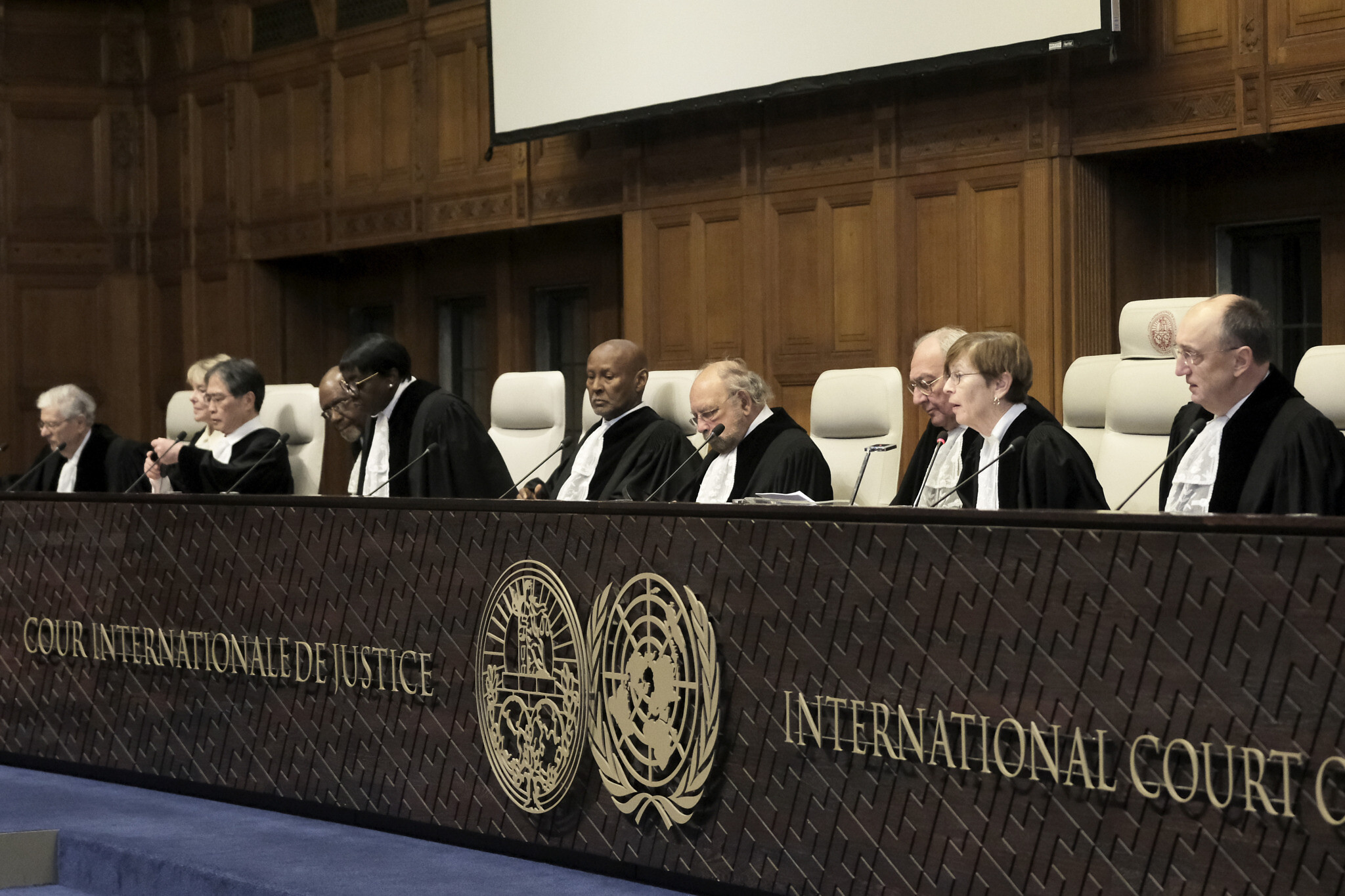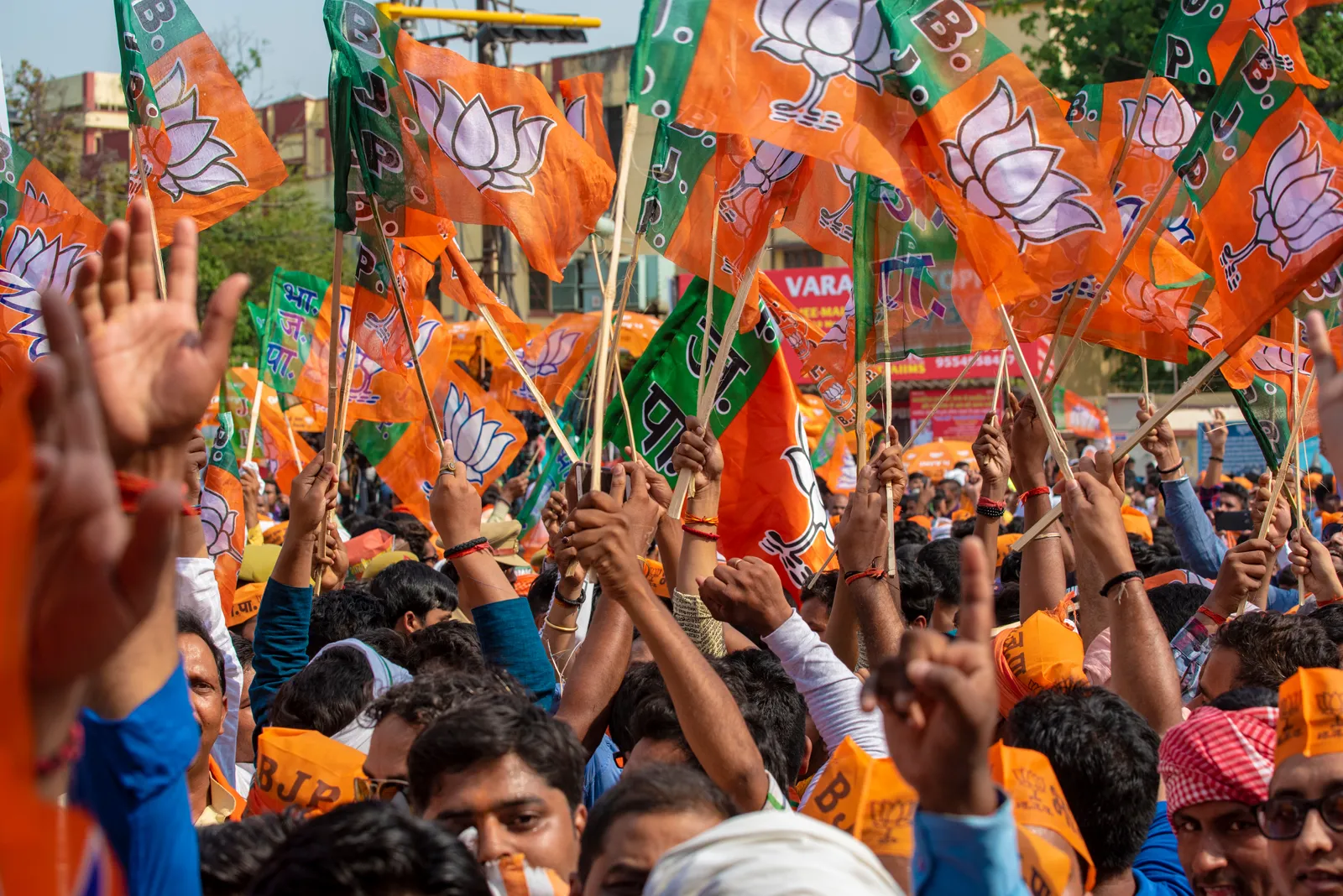The Anglosphere led by the United States, has demonstrated a tendency to move quickly and decisively when faced with perceived challenges to its global hegemony in the grand dance of geopolitics. Examples abound in the historical narrative, ranging from the post-World War II neutralisation of Germany to the fierce rivalry between the Soviet Union and the United States during the Cold War. This narrative unfolds with a distinct set of obstacles and tactics for every chapter.
As the twenty-first century progressed, China became a new actor on the international scene. For three decades, China’s ascent was led by President Deng Xiaoping’s advice to “hide your strength, bide your time,” as the country surreptitiously obtained US military technology and infiltrated Silicon Valley. Washington was shocked into action upon learning of China’s ambitions, especially in the South China Sea. Republicans and Democrats then worked together to stall China’s rise through trade sanctions and technological limitations.
The complex diplomatic dance between countries is revealed by President Xi Jinping’s overtures to Prime Minister Narendra Modi, who is looking for India to be geopolitically balanced between the US and China. However, India has proven to be a special challenge for the Anglosphere due to its democratic and independent-minded position. Although the US is happy to see India’s economic and military growth, it makes an effort to throw the nation off balance by using strategically placed shocks to impose its will.
According to British Prime Minister Winston Churchill, a social Darwinian hierarchy historically explained the Anglosphere’s dominance. Churchill maintained that white Christian Protestants were at the top and other groups were at the bottom. The intricate interactions between science, enslavement, industry, and colonialism, which helped Britain achieve worldwide power, refute this story nonetheless.
A new period began in 1900, with the hegemonic baton being passed from Britain to the United States. But China poses a serious threat to the Anglosphere’s hegemony over the world economy. Although some American hawks contend that China’s time has come, such claims should be avoided due to the unpredictable nature of the future. International financial organisations have even predicted that, between 2052 and 2075, India’s economy could surpass that of the Anglosphere, upending its long-standing dominance.
India, with its democratic spirit, stands at the intersection of global power dynamics, causing a subtle but important shift in the geopolitical environment. The summits between Modi and Xi took place in places like Ahmedabad, Wuhan, and Mahabalipuram, and they depicted difficult talks. Notwithstanding their initial amicability, the Doklam standoff in 2017 and the conflict in the Galwan Valley in 2020 highlighted the difficulties associated with standing with a rising but forceful China.
India responded to these provocations in a calculated manner. India strengthened its ties with the US, Australia, and Japan as part of the Quad strategy after realising that China was untrustworthy. After both sides suffered casualties in the Galwan Valley conflict, India’s brief flirtation with China came to an end, and its burgeoning strategic alliance with the US was cemented.
The collaboration is not without its challenges, though. India, a democratic former colony, continues to be independent and defies expectations from the Anglosphere. Even though Washington welcomes India’s military and economic growth, it recognises that there are times when it is necessary to be reminded of who is in charge. India and the Anglosphere dance a complex dance, one that entails managing problems such as India’s leadership in the Global South and its neutral stance on Ukraine.
Divisive strategies, such as supporting Pakistan against India, were part of the historical playbook of the Anglosphere, especially during the 1971 Bangladesh war. However, the effectiveness of such geopolitical blackmail is diminished by India’s current military and economic might. The geopolitical landscape is further complicated by the United States’ changing demographics, as it is predicted that white people will become a minority by 2050.
American and British policymakers are well aware of their countries’ pre-1700 status and the gradual shift towards Anglospheric predominance, given the way history repeats itself. Future uncertainties imply that this two-century-old predominance may encounter difficulties in the next few decades. The fluid aspect of geopolitics is highlighted by the delicate interplay of global powers, as demonstrated by the changing relationship between the Anglosphere and India. The actors in this complex dance have to adjust to the changing rhythms of power on the global stage since the only thing that is permanent is change.








